All Categories
View All >-
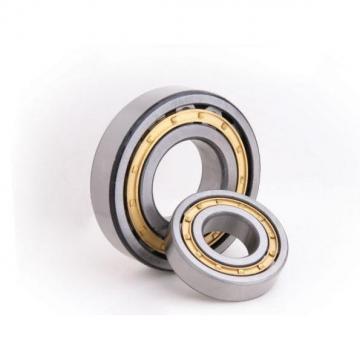 rs min NTN GS89311 Thrust cylindrical roller bearingsSee More>
rs min NTN GS89311 Thrust cylindrical roller bearingsSee More> -
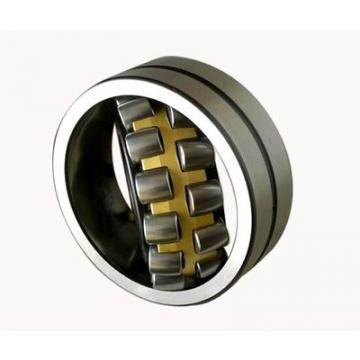 Thermal Speed Ratings - Oil TIMKEN NNU4072MAW33 Two-Row Cylindrical Roller Radial BearingsSee More>
Thermal Speed Ratings - Oil TIMKEN NNU4072MAW33 Two-Row Cylindrical Roller Radial BearingsSee More> -
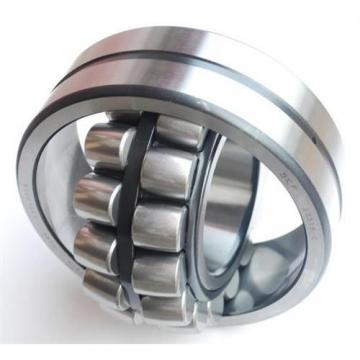 r1s (min) ZKL NU2220 Single row Cylindrical roller bearingSee More>
r1s (min) ZKL NU2220 Single row Cylindrical roller bearingSee More> -
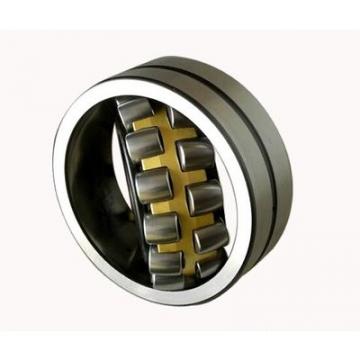 Outer-Ring Set TIMKEN 510RX2461 Four-Row Cylindrical Roller Radial BearingsSee More>
Outer-Ring Set TIMKEN 510RX2461 Four-Row Cylindrical Roller Radial BearingsSee More>
Featured Products
Our Manufacturer with main products: Thrust cylindrical roller bearings, Two-Row Cylindrical Roller Radial Bearings, Single row Cylindrical roller bearing
-
 Dynamic Load Rating C11 TIMKEN 560RX2644 Four-Row Cylindrical Roller Radial Bearings
Dynamic Load Rating C11 TIMKEN 560RX2644 Four-Row Cylindrical Roller Radial Bearings
-
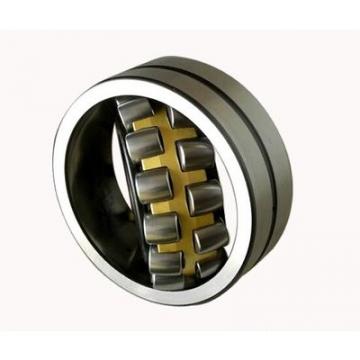 Outer-Ring Set TIMKEN 510RX2461 Four-Row Cylindrical Roller Radial Bearings
Outer-Ring Set TIMKEN 510RX2461 Four-Row Cylindrical Roller Radial Bearings
-
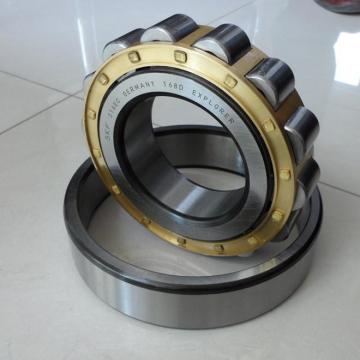 Outer-Ring Set TIMKEN 200RYL1544 Four-Row Cylindrical Roller Radial Bearings
Outer-Ring Set TIMKEN 200RYL1544 Four-Row Cylindrical Roller Radial Bearings
-
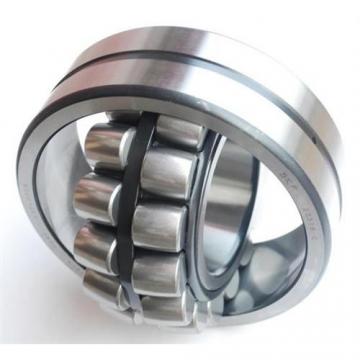 Dynamic Load Rating C11 TIMKEN 850RX3304 Four-Row Cylindrical Roller Radial Bearings
Dynamic Load Rating C11 TIMKEN 850RX3304 Four-Row Cylindrical Roller Radial Bearings
-
 Inner-Ring Set TIMKEN 220RY1683 Four-Row Cylindrical Roller Radial Bearings
Inner-Ring Set TIMKEN 220RY1683 Four-Row Cylindrical Roller Radial Bearings
-
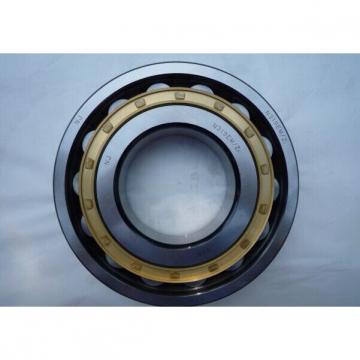 Chamfer r1smin2 TIMKEN 260RY1763 Four-Row Cylindrical Roller Radial Bearings
Chamfer r1smin2 TIMKEN 260RY1763 Four-Row Cylindrical Roller Radial Bearings
-
 O.D. D TIMKEN 431RX2141 Four-Row Cylindrical Roller Radial Bearings
O.D. D TIMKEN 431RX2141 Four-Row Cylindrical Roller Radial Bearings
-
 Static Load Rating Co TIMKEN 900RX3444 Four-Row Cylindrical Roller Radial Bearings
Static Load Rating Co TIMKEN 900RX3444 Four-Row Cylindrical Roller Radial Bearings
-
 DUR/DOR F/E TIMKEN 280RYL1782 Four-Row Cylindrical Roller Radial Bearings
DUR/DOR F/E TIMKEN 280RYL1782 Four-Row Cylindrical Roller Radial Bearings
-
 Lubrication Groove g TIMKEN 820RX3264D Four-Row Cylindrical Roller Radial Bearings
Lubrication Groove g TIMKEN 820RX3264D Four-Row Cylindrical Roller Radial Bearings
-
 Lubrication Groove g TIMKEN 300RXL1845 Four-Row Cylindrical Roller Radial Bearings
Lubrication Groove g TIMKEN 300RXL1845 Four-Row Cylindrical Roller Radial Bearings
-
 O.D. D TIMKEN 880RXK3366 Four-Row Cylindrical Roller Radial Bearings
O.D. D TIMKEN 880RXK3366 Four-Row Cylindrical Roller Radial Bearings
-
 Width C TIMKEN 700RX2964A Four-Row Cylindrical Roller Radial Bearings
Width C TIMKEN 700RX2964A Four-Row Cylindrical Roller Radial Bearings
-
 Chamfer rsmin TIMKEN 390RY2103 Four-Row Cylindrical Roller Radial Bearings
Chamfer rsmin TIMKEN 390RY2103 Four-Row Cylindrical Roller Radial Bearings
-
 Chamfer r1smin2 TIMKEN 510RX2364 Four-Row Cylindrical Roller Radial Bearings
Chamfer r1smin2 TIMKEN 510RX2364 Four-Row Cylindrical Roller Radial Bearings
-
 Weight TIMKEN 850RX3365 Four-Row Cylindrical Roller Radial Bearings
Weight TIMKEN 850RX3365 Four-Row Cylindrical Roller Radial Bearings
-
 Inner-Ring Set TIMKEN 820RX3264C Four-Row Cylindrical Roller Radial Bearings
Inner-Ring Set TIMKEN 820RX3264C Four-Row Cylindrical Roller Radial Bearings
-
 O.D. D TIMKEN 190RY1528 Four-Row Cylindrical Roller Radial Bearings
O.D. D TIMKEN 190RY1528 Four-Row Cylindrical Roller Radial Bearings
-
 Dynamic Load Rating C11 TIMKEN 400RX2123 Four-Row Cylindrical Roller Radial Bearings
Dynamic Load Rating C11 TIMKEN 400RX2123 Four-Row Cylindrical Roller Radial Bearings
-
 Weight TIMKEN 700RX2862 Four-Row Cylindrical Roller Radial Bearings
Weight TIMKEN 700RX2862 Four-Row Cylindrical Roller Radial Bearings
-
 Width C TIMKEN 761RX3166B Four-Row Cylindrical Roller Radial Bearings
Width C TIMKEN 761RX3166B Four-Row Cylindrical Roller Radial Bearings
-
 Bore d TIMKEN 950RX3723 Four-Row Cylindrical Roller Radial Bearings
Bore d TIMKEN 950RX3723 Four-Row Cylindrical Roller Radial Bearings
-
 Backing Shaft Diameter ds TIMKEN 330RX1922 Four-Row Cylindrical Roller Radial Bearings
Backing Shaft Diameter ds TIMKEN 330RX1922 Four-Row Cylindrical Roller Radial Bearings
-
 O.D. D TIMKEN 500RX2345A Four-Row Cylindrical Roller Radial Bearings
O.D. D TIMKEN 500RX2345A Four-Row Cylindrical Roller Radial Bearings
-
 Weight TIMKEN 230RYL1667 Four-Row Cylindrical Roller Radial Bearings
Weight TIMKEN 230RYL1667 Four-Row Cylindrical Roller Radial Bearings
-
 Backing Housing Diameter Ds TIMKEN 200RYL1567 Four-Row Cylindrical Roller Radial Bearings
Backing Housing Diameter Ds TIMKEN 200RYL1567 Four-Row Cylindrical Roller Radial Bearings
-
 Static Load Rating Co TIMKEN 650RX2841C Four-Row Cylindrical Roller Radial Bearings
Static Load Rating Co TIMKEN 650RX2841C Four-Row Cylindrical Roller Radial Bearings
-
 Backing Housing Diameter Ds TIMKEN 600RX2643B Four-Row Cylindrical Roller Radial Bearings
Backing Housing Diameter Ds TIMKEN 600RX2643B Four-Row Cylindrical Roller Radial Bearings
-
 Weight TIMKEN 460RX2371 Four-Row Cylindrical Roller Radial Bearings
Weight TIMKEN 460RX2371 Four-Row Cylindrical Roller Radial Bearings
-
 Width B TIMKEN 200RYL1566 Four-Row Cylindrical Roller Radial Bearings
Width B TIMKEN 200RYL1566 Four-Row Cylindrical Roller Radial Bearings
-
 DUR/DOR F/E TIMKEN 730RX3064 Four-Row Cylindrical Roller Radial Bearings
DUR/DOR F/E TIMKEN 730RX3064 Four-Row Cylindrical Roller Radial Bearings
-
 Chamfer rsmin TIMKEN 370RX2045 Four-Row Cylindrical Roller Radial Bearings
Chamfer rsmin TIMKEN 370RX2045 Four-Row Cylindrical Roller Radial Bearings
-
 Backing Shaft Diameter ds TIMKEN 380RX2087 Four-Row Cylindrical Roller Radial Bearings
Backing Shaft Diameter ds TIMKEN 380RX2087 Four-Row Cylindrical Roller Radial Bearings
-
 Number of Lubrication Holes TIMKEN 500RX2422 Four-Row Cylindrical Roller Radial Bearings
Number of Lubrication Holes TIMKEN 500RX2422 Four-Row Cylindrical Roller Radial Bearings
-
 Weight TIMKEN 600RX2744 Four-Row Cylindrical Roller Radial Bearings
Weight TIMKEN 600RX2744 Four-Row Cylindrical Roller Radial Bearings
-
 Inner-Ring Set TIMKEN 880RXK3364A Four-Row Cylindrical Roller Radial Bearings
Inner-Ring Set TIMKEN 880RXK3364A Four-Row Cylindrical Roller Radial Bearings
-
 Dynamic Load Rating C11 TIMKEN 550RX2484 Four-Row Cylindrical Roller Radial Bearings
Dynamic Load Rating C11 TIMKEN 550RX2484 Four-Row Cylindrical Roller Radial Bearings
-
 Width C TIMKEN 820RX3201A Four-Row Cylindrical Roller Radial Bearings
Width C TIMKEN 820RX3201A Four-Row Cylindrical Roller Radial Bearings
-
 Dynamic Load Rating C11 TIMKEN 650RX2803A Four-Row Cylindrical Roller Radial Bearings
Dynamic Load Rating C11 TIMKEN 650RX2803A Four-Row Cylindrical Roller Radial Bearings
-
 Backing Shaft Diameter ds TIMKEN 145RYL1452 Four-Row Cylindrical Roller Radial Bearings
Backing Shaft Diameter ds TIMKEN 145RYL1452 Four-Row Cylindrical Roller Radial Bearings
Thrust cylindrical roller bearings FAQS
QWhat are the classifications of cylindrical roller bearings?
ACylindrical roller bearings can be divided into different structures such as single row, double row and multi row cylindrical roller bearings depending on the number of rows of rolling elements. Different structural bearings are also shown in the design of the ribs. Among them, cylindrical roller bearings are commonly used in the following forms: Single row cylindrical roller bearings: Single row cylindrical roller bearings are separable bearings for easy installation and disassembly. Both ferrules can be tightly fitted. The modified contact line between the roller and the raceway reduces stress concentration. Double row cylindrical roller bearings: Double row cylindrical roller bearings are floating bearings, and their separability makes installation and disassembly convenient. A tight fit can be used for both ferrules. Double row cylindrical roller bearings have almost no inclination angle.
QHow to correctly install cylindrical roller bearings?
ALarge FCDP four-row cylindrical roller bearings are separable bearings. The main structure is as shown on the right: the rolling element cage is a four-row, two-half outer ring, a middle spacer and two ribs. Generally, the FCDP structure bearing is bulky and heavy, and cannot be installed and assembled by manpower. Since the parts are dispersed, they need to be placed one by one in the bearing housing, and the rolling elements and the outer ring need to be hoisted by air or other equipment. As with ordinary four-row cylindrical bearings, unpacking and inspecting the appearance, checking the mating surfaces, etc. are not repeated here. difference: Each row of rolling elements and raceways have corresponding numbers and are installed in numerical order. The number is the manufacturer's distinction between the raceways corresponding to each row of rolling elements of the bearing, and also the use of the bearing. (here, the side of the roller body is 4, and the roller head is 1). Install the side retaining ring to the bottom of the bearing box. The outer ring numbered 4 and 3, and the side numbered 4 is facing down. A row of rolling elements numbered 4 is first loaded into the outer ring, and then the rolling elements and the outer ring are lifted.
QHow to clean cylindrical roller bearings?
AWhen the bearing is removed and inspected, the appearance record is first recorded by photography. Also, verify the amount of lubricant remaining and sample the lubricant before cleaning the bearings. a. The cleaning of the bearing is carried out by rough washing and fine washing, and a metal mesh frame can be placed on the bottom of the used container. b. When rough washing, remove the grease or adhesive with a brush or the like in the oil. At this time, if the bearing is rotated in the oil, be careful that the rolling surface will be damaged by foreign matter or the like. c. When washing finely, slowly rotate the bearing in the oil and carry out it carefully. The cleaning agent generally used is a neutral non-aqueous diesel oil or kerosene, and a warm alkali liquid or the like is sometimes used as needed. Regardless of which cleaning agent is used, it is often filtered and kept clean. Immediately after cleaning, apply anti-rust oil or anti-rust grease to the bearing.
QWhat is Attention problem about cylindrical roller bearings?
AVibration aspect In normal use, vibration is quite sensitive to bearing damage, and peeling, indentation, rust, cracks, wear, etc. are reflected in the bearing vibration measurement. Therefore, the magnitude of the vibration can be measured by using a special bearing vibration measuring device (frequency analyzer, etc.), and the specific situation of the abnormality can be inferred by the frequency distribution. The measured values vary depending on the conditions of use of the bearing or the mounting position of the sensor. Therefore, it is necessary to analyze and compare the measured values of each machine in advance to determine the judgment standard. Temperature aspect The high temperature often indicates that the cylindrical roller bearing is in an abnormal condition. High temperatures are also harmful to the lubricant of the bearing. Sometimes bearing overheating can be attributed to the lubricant of the bearing. Long-term continuous rotation of the bearing at temperatures above 125 °C will reduce bearing life. The causes of high temperature bearings include: insufficient lubrication or excessive lubrication, impurities in the bearing raceway, excessive speed limit, and long-term overload operation of the bearings.
- Thrust cylindrical roller bearings
- rs min NTN GS89311 Thrust cylindrical roller bearings
- Weight / Kilogram NTN GS81214 Thrust cylindrical roller bearings
- Bearing ring (inner ring) WS mass NTN WS89308 Thrust cylindrical roller bearings
- Two-Row Cylindrical Roller Radial Bearings
- Thermal Speed Ratings - Oil TIMKEN NNU4072MAW33 Two-Row Cylindrical Roller Radial Bearings
- Weight TIMKEN NNU4930MAW33 Two-Row Cylindrical Roller Radial Bearings
- Static Load Rating Co TIMKEN NNU49/800MAW33 Two-Row Cylindrical Roller Radial Bearings
- Single row Cylindrical roller bearing
- r1s (min) ZKL NU2220 Single row Cylindrical roller bearing
- 65 mm x 140 mm x 33 mm Long Description NTN NJ313EG1C3 Single row Cylindrical roller bearing
- 55 mm x 120 mm x 29 mm Nlim (grease) NTN N311C4 Single row Cylindrical roller bearing
- About Us
- Company Profile
- Contact Info
- Site Map
- Sitemaps


